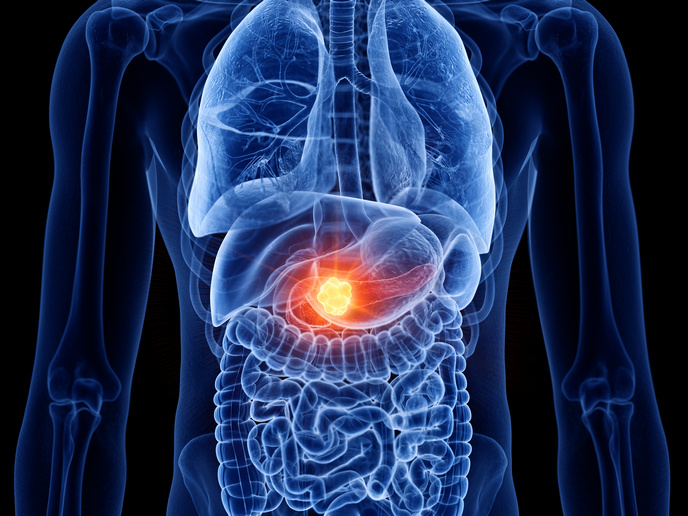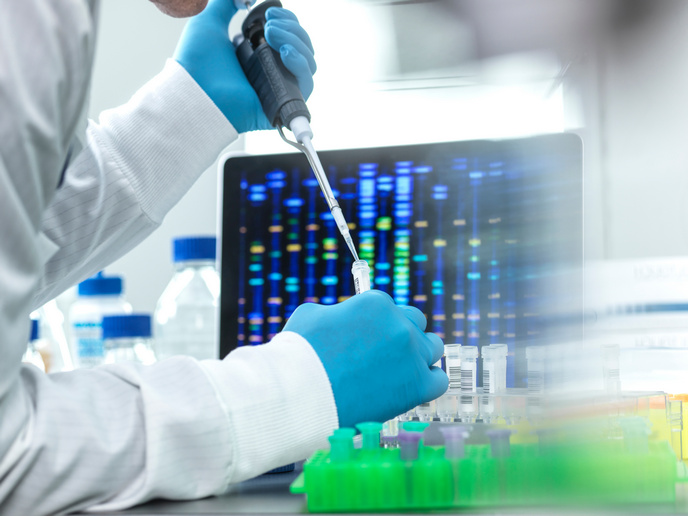Nanoparticles in the fight against cancer
Tumours can retain certain molecules such as nanoparticles or lipids, a phenomenon known as enhanced permeability and retention (EPR) effect. This has served as the main rationale behind the development of nanoparticle-based anti-cancer drugs. However, certain physiological barriers in tumours such as abnormal vasculature and interstitial matrix hamper the homogeneous delivery and distribution of drugs. To address this issue, scientists on the EU-funded CANCER NANOMEDICINE (Optimizing the delivery of nanomedicine to solid tumors) project set out to optimise the size and charge of the nanoparticle utilised for drug delivery to tumours. In this context, they developed a mathematical framework that could predict the distribution of nanoparticle-drug complexes by accounting for the tumour microenvironment and the properties of the nanoparticles. Through specialised software, researchers solved the equations that govern the transport of blood-borne therapeutic agents to the inside of the tumour. In addition, the model could account for the geometry of the tumour, the diameter of the blood vessels and the EPR effect. The model predictions were tested against experimental data of two murine breast tumours. Overall, the results of the CANCER NANOMEDICINE study showed that small nanoparticles with diameter less than 20 nm were more effective in solid tumours. Similarly, positively charged nanoparticles exhibited superior trans-vascular flux to tumours compared to negatively charged or neutral nanoparticles. Furthermore, procedures that alleviated stress within the tumour microenvironment improved the delivery of nanoparticles. The conclusions of the study address some of the challenges associated with cancer therapy and propose new guidelines for the treatment of cancer with nanoparticles.







